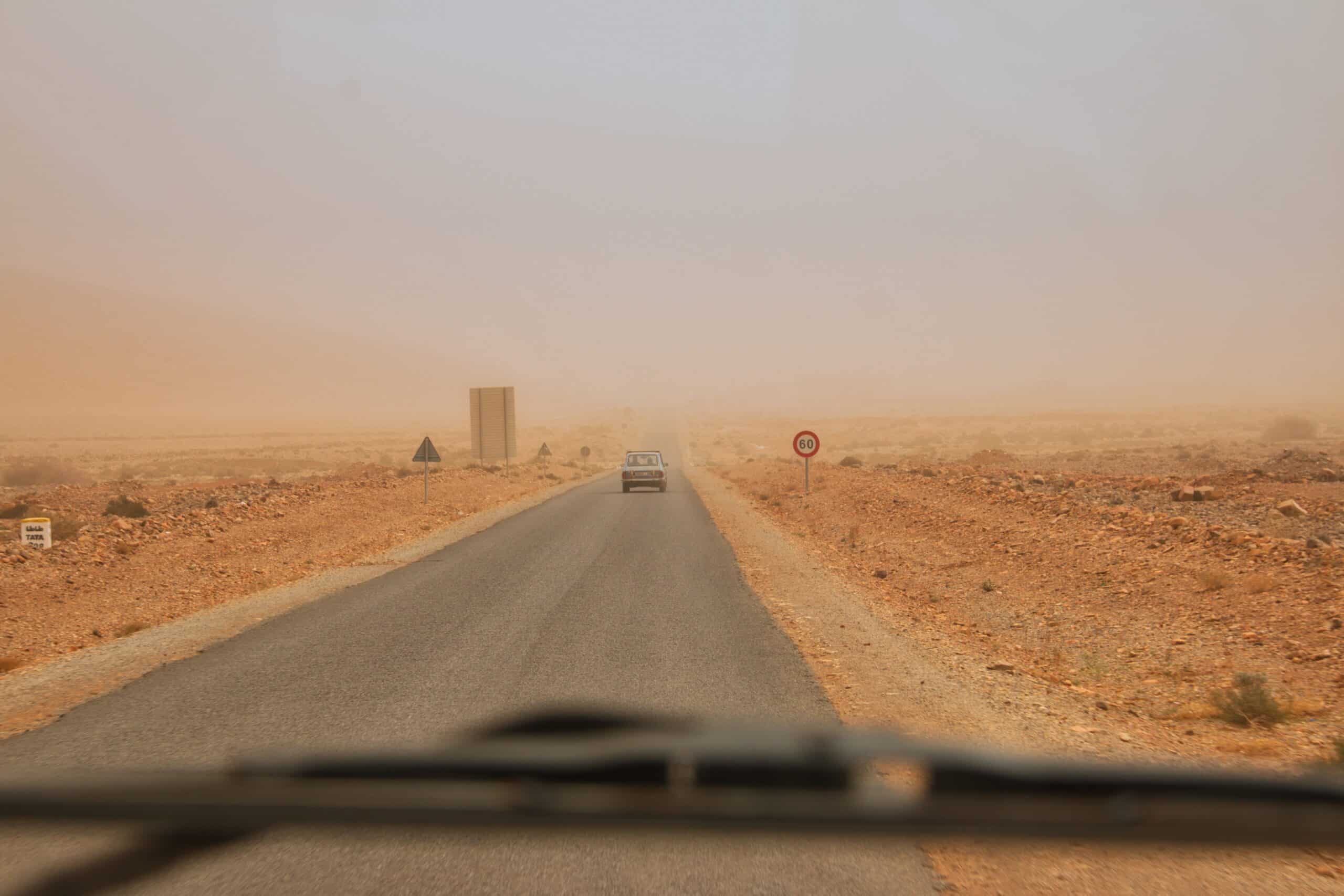Image Credit: Peter Schulz on Unsplash
The topic of climate change isn’t new. People have been talking about changes in the Earth’s climate caused by mankind for well over a century, but now the effects are being felt in numerous regions around the world, but perhaps nowhere quite as potently as the Middle East.
High temperatures and little rain have spurred several raging wildfires in southwestern Turkey as well as Morocco. This has caused hundreds of villages to flee for safety and while firefighters struggle to gain control, it’s only getting worse, and not just in those two regions.
Extreme heat, mismanagement of resources, and rapid growth are three of the key challenges the MENA region is now facing, with dire consequences coming into better focus as we move deeper into the 21st century. Just this past week Saudi Arabia saw record high temperatures of 48°C. In June, the nation recorded 55°C and in 2017, Iran saw temps climb to 53.7°.
Sandstorms are also a growing concern, with the frequency and severity of them ramping up. In fact, in September 2015, a massive sandstorm was so devastating that it shut airports and caused accidents on the roads amid a spike in hospitalizations throughout much of the Middle East.
Sandstorms are certainly not a new phenomenon, but how often and how catastrophic they are is on the rise. While the Middle East and Northern Africa regions have long been known for extreme weather conditions and difficult living, because of their dry climate and low vegetation, when the air temperature increases, there’s not the relative humidity other regions in the world enjoy helping bring it back down.
The region doesn’t receive much rainfall each year, so when a drought ensues, the conditions can go from difficult to extreme quickly, and that’s exactly what’s happening now, but with greater frequency and devastating consequences. In fact, the MENA region has been experiencing almost constant drought since 1998. According to NASA scientists, this is the worst in over 900 years.
Egypt is now struggling with a water crisis brought on, in part, by Ethiopia’s construction of a hydroelectric dam along the Nile basin. Considering that Egypt gathers about 90 per cent of its water for the entire nation from the Nile, cutting off the flow to any degree will have serious repercussions for the north African nation.
The Jordan River noted throughout history for its religious and humanitarian significance is so polluted now that it’s no longer safe for human consumption or use, leaving Jordan in a difficult situation given its reliance on that waterway for potable water. In 1946, each person had access to about 3,600 cubic meters of water per year. Now, it’s just 135.
In Alexandria, Egypt, sea level rise coupled with silt building up along the Nile delta mean the city is being hammered on both sides with erosion and loss of usable land space. Dubai experiences one of the hottest climates on the planet, yet they are building up at a breakneck pace with no end in sight. This means more building and more demands on the ever-dwindling natural resources.
Golf courses throughout these wealthy nations are also becoming endemic, with new courses popping up all the time. Whereas in the United States the average course consumes about 130,000 gallons of water per day during the summer months just to keep them green and growing, in such a hot climate as the Middle East, usage is much higher, not to mention the massive quantities of pesticides and fertilizers needed, which ultimately pollute runoff.
Cyclones, devastating deforestation, and land mismanagement are also major challenges that need to be addressed and overcome. Lebanon is facing an ongoing trash disposal crisis, Turkey is facing deforestation while a Canadian-owned gold mining company presses on to extract one of the world’s most precious commodities, and the Yemeni island of Socotra has been hit by multiple cyclones in the Indian Ocean in recent years, a phenomenon that was unheard of before.
While all of these events are tragic in their very nature, perhaps nothing is more tragic than the fact few people in positions of authority -those who can actually have a lasting and positive impact on the direction of the region- have any real desire to do anything about it. To combat climate change, drastic measures must be taken, yet it’s incredible to witness how our leaders continue to refuse to take action today.
We can either sit still and let the flames overtake us or we can get up, get more vocal, and decide to do something about it. Combating something like this demands strong leadership, decisive action, and yes, some sacrifice, but isn’t it better to do so today before it’s too late?



















